FUE
FUE
Follicular Unit Extraction (FUE) is a hair transplantation technique that involves the extraction of individual hair follicles from the donor area and transplanting them to the recipient area of the scalp. The FUE method was developed as a solution to the complications associated with the FUT method, which often resulted in a visible scar in the donor area. The FUE approach was seen as a significant advancement in hair transplantation as it eliminates the need for a skin strip to be taken from the donor area, thus avoiding the formation of a visible scar. This method is suitable for patients with various types of hair loss, including male and female pattern baldness, scarring alopecia, and hair loss due to trauma or surgery. FUE is a relatively quick and safe procedure that can be performed under local anesthesia in a clinic or doctor's office.
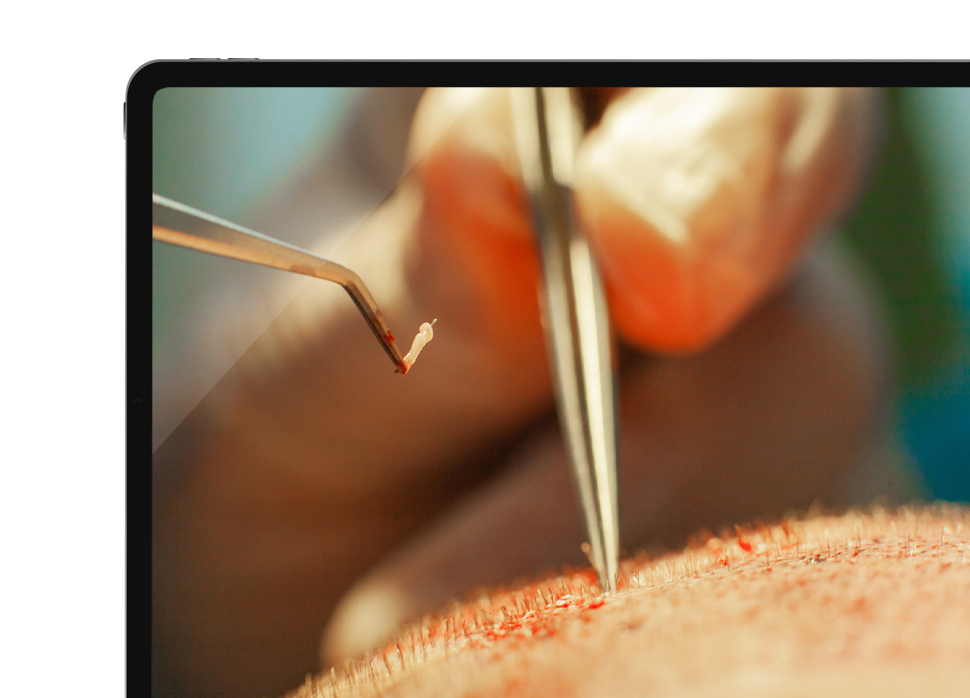
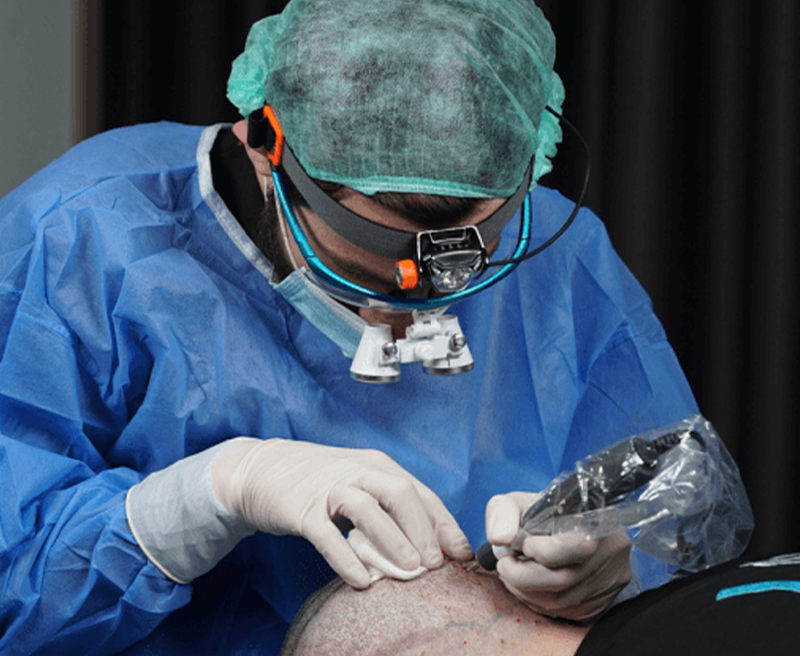
FUE Sapphire
The FUE Sapphire method is an advanced hair transplantation technique that involves the use of a specialized tool called Sapphire, which is thinner and sharper than traditional punches used in the FUE technique. Sapphire is a material known for its durability and hardness and is sterilized before use.The blade is designed to make precise incisions in the scalp (bald zones), which minimizes trauma to the skin. Moreover, this method can be used to transplant hair in patients with curly or wavy hair, as the sapphire blade can make curved incisions that follow the natural direction of the hair, resulting in a more natural-looking hairline. This approach is also regarded as the optimal method when there is a greater requirement for grafts. The use of sapphire enables the channels to be opened with greater speed and precision, facilitating the attainment of an optimal natural angle and direction.
FUE Sapphire Hair Transplant Technique
The FUE Sapphire technique uses a micro motor device for precise follicle extraction, and sapphire-blade instruments to open implantation channels in the target areas. These tools allow for highly accurate results and faster healing. The procedure consists of four main stages:
Stage One: Hair Follicle Extraction
The process begins by identifying the donor area, usually located at the back or sides of the scalp, where hair follicles are more resistant to hair loss.A micro motor device is used to extract the follicles one by one without causing visible scars or significant tissue damage. Each follicle is extracted carefully to preserve its quality and ensure its effectiveness for implantation.
Stage Two: Follicle Preparation and Preservation
The extracted follicles are immediately placed into a special medical solution that maintains their vitality and prevents dehydration.They are then sorted based on the number of hairs per graft—single, double, or multiple hair follicles. This classification allows for strategic planning, ensuring a natural and balanced distribution of follicles across the scalp.
Stage Three: Channel Opening with Sapphire Blades
In this step, the physician uses ultra-fine sapphire blades to create channels in the recipient areas. These channels are opened at precise angles and depths to ensure the natural direction of hair growth.Sapphire blades are sharper and smoother than traditional steel blades, which minimizes tissue trauma and promotes faster recovery.
Stage Four: Manual Implantation of Follicles
After the channels are prepared, the medical team manually implants the follicles one by one into the opened channels. Each follicle is inserted at the correct angle and direction to ensure a natural, aesthetically pleasing result. This meticulous process is repeated until all follicles are implanted and the targeted areas are fully covered.
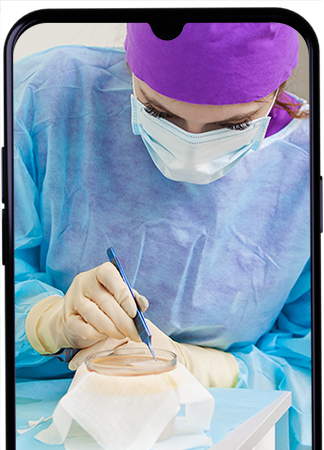
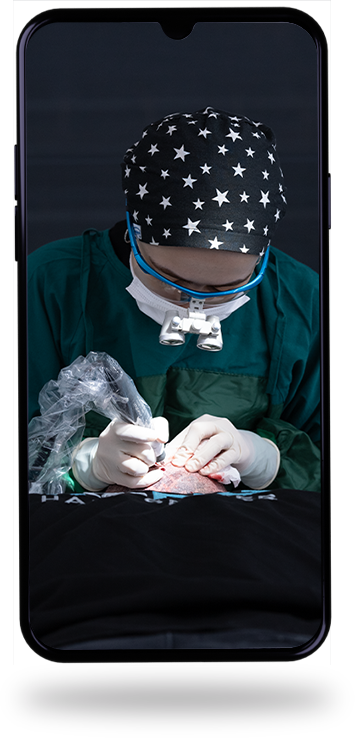
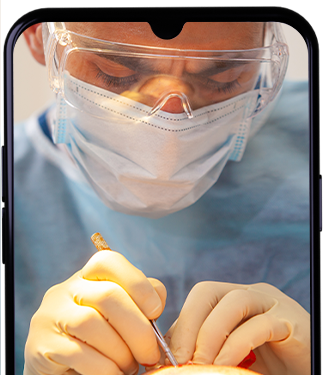
FUE
Follicular Unit Extraction (FUE) is a hair transplantation technique that involves the extraction of individual hair follicles from the donor area and transplanting them to the recipient area of the scalp.

>

>

>

FUE
Follicular Unit Extraction (FUE) is a hair transplantation technique that involves the extraction of individual hair follicles from the donor area and transplanting them to the recipient area of the scalp. The FUE method was developed as a solution to the complications associated with the FUT method, which often resulted in a visible scar in the donor area. The FUE approach was seen as a significant advancement in hair transplantation as it eliminates the need for a skin strip to be taken from the donor area, thus avoiding the formation of a visible scar. This method is suitable for patients with various types of hair loss, including male and female pattern baldness, scarring alopecia, and hair loss due to trauma or surgery. FUE is a relatively quick and safe procedure that can be performed under local anesthesia in a clinic or doctor's office.
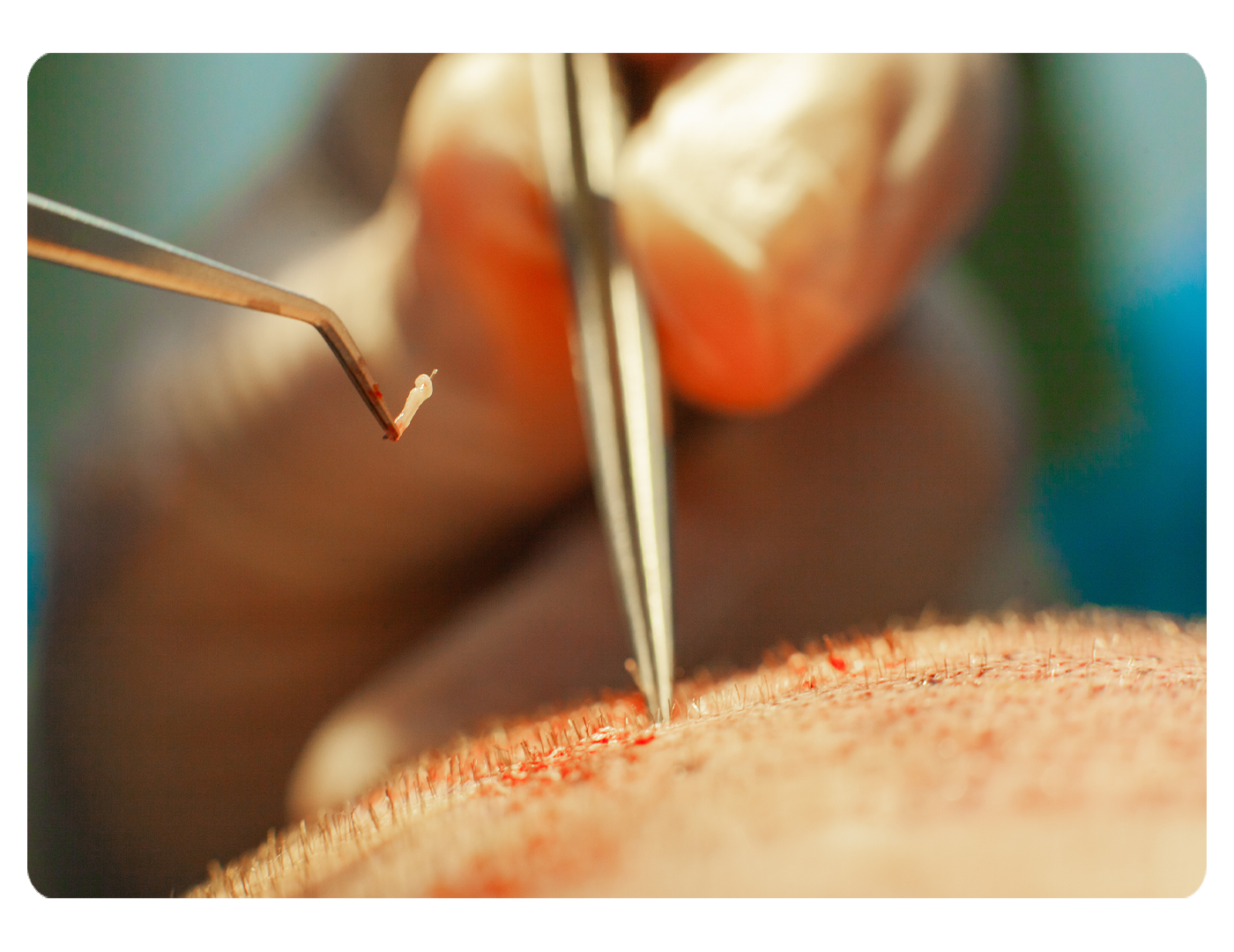
The FUE Sapphire method is an advanced hair transplantation technique that involves the use of a specialized tool called Sapphire, which is thinner and sharper than traditional punches used in the FUE technique. Sapphire is a material known for its durability and hardness and is sterilized before use.The blade is designed to make precise incisions in the scalp (bald zones), which minimizes trauma to the skin. Moreover, this method can be used to transplant hair in patients with curly or wavy hair, as the sapphire blade can make curved incisions that follow the natural direction of the hair, resulting in a more natural-looking hairline. This approach is also regarded as the optimal method when there is a greater requirement for grafts. The use of sapphire enables the channels to be opened with greater speed and precision, facilitating the attainment of an optimal natural angle and direction.
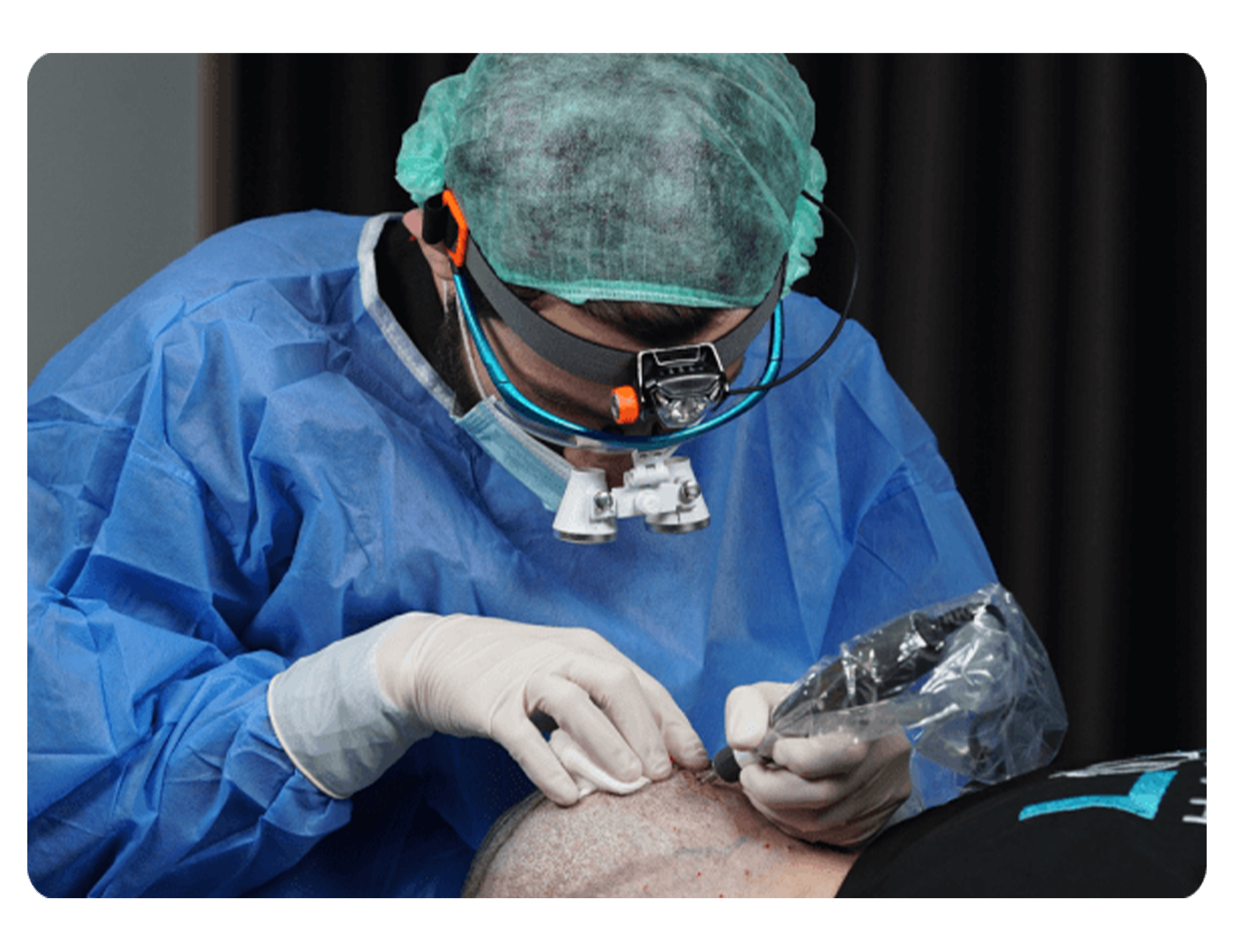
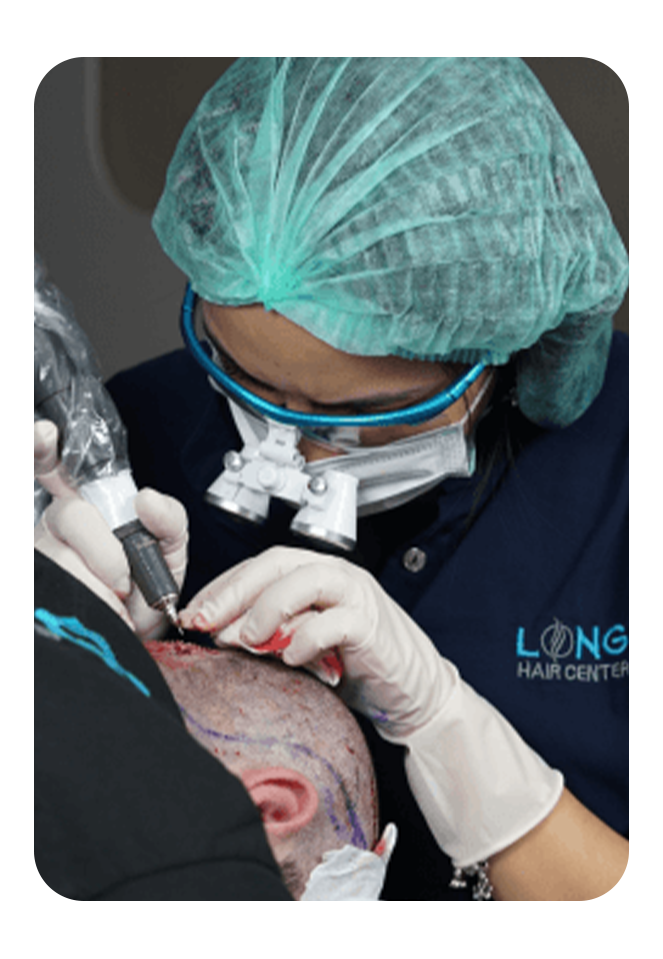
pages.fue.fue_sapphire_method_consists
- The process begins by identifying the donor area, usually located at the back or sides of the scalp, where hair follicles are more resistant to hair loss.A micro motor device is used to extract the follicles one by one without causing visible scars or significant tissue damage. Each follicle is extracted carefully to preserve its quality and ensure its effectiveness for implantation.
- The extracted follicles are immediately placed into a special medical solution that maintains their vitality and prevents dehydration.They are then sorted based on the number of hairs per graft—single, double, or multiple hair follicles. This classification allows for strategic planning, ensuring a natural and balanced distribution of follicles across the scalp.
- In this step, the physician uses ultra-fine sapphire blades to create channels in the recipient areas. These channels are opened at precise angles and depths to ensure the natural direction of hair growth.Sapphire blades are sharper and smoother than traditional steel blades, which minimizes tissue trauma and promotes faster recovery.
- After the channels are prepared, the medical team manually implants the follicles one by one into the opened channels. Each follicle is inserted at the correct angle and direction to ensure a natural, aesthetically pleasing result. This meticulous process is repeated until all follicles are implanted and the targeted areas are fully covered.
- pages.fue.l5
Frequently Asked Questions
The hair grafts are extracted from the backside of the head, which we determine as between two ears and above the neck. The reason for choosing this specific area as a donor (extraction zone) is that the hair grafts in this region are genetically encoded against inherent hair fall. If the extraction process from this region is performed with better quality artistry, hair fall will never occur for a lifetime. Therefore, we take the hair grafts from this region.
The implanted hair may fall out within 2-3 weeks after transplantation. This is a normal process. New hair will begin to grow approximately 3-4 months later, and you can see the final results after 6-12 months. Complete growth can take up to 18 months.
No, the implanted hair generally does not fall out again. Hair extracted from the back of the head is genetically resistant to hair loss and remains permanent. However, existing natural hair may continue to fall out with age, so additional transplantation may be necessary if needed.
The surgery is performed under local anesthesia, so there is almost no pain during the procedure. There may be mild discomfort or swelling after surgery, but this can generally be managed with mild painkillers. Most patients can return to normal activities the day after surgery.
You are welcome to come with your family. There may be an additional charge for companion accommodation, but this is optional. It may vary depending on the accommodation package, so please check the details when making a reservation. Generally, all services are included for one patient.
The operation time varies depending on the number of follicles to be transplanted. Generally, 1000-2000 follicles take 4-6 hours, 2000-3000 follicles take 6-8 hours, and 3000 or more follicles take 8-10 hours. The surgery is completed in one day, including rest time.




